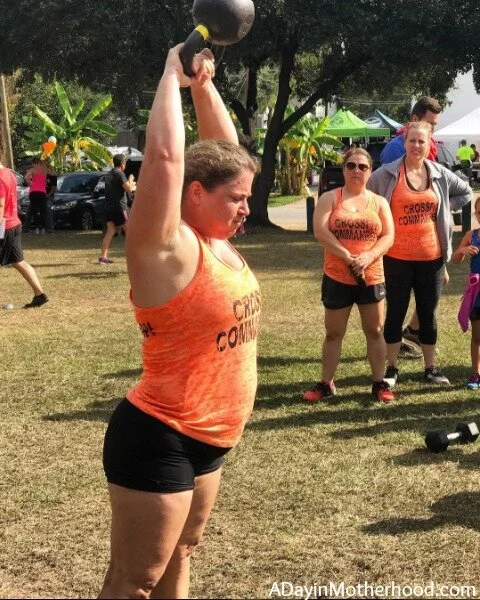Shopper and Brand Marketing Converge, Now What? ~via @Katadhin, Co-Founder @PrevailingPath
Do Shopper Marketing and Brand Marketing Still Need to Be Separate Functions?
Current marketing structures were built for a time when the purchase funnel was predictable and the store was king. That time has passed. After all, no consumer wakes up and says "I'm going to have a shopper marketing interaction with Walmart today." Or, "hey honey, that public relations story from Target really made me want to shop there." Consumer shopping behavior is increasingly focused on getting desired products when and where they want with as little friction as possible versus being tethered to a store to fulfillment. Simultaneously, a multitude of technical advancements is coming together to solve the last mile challenge of connecting to consumer's homes. From the 'gig economy' to voice assistance, self-driving cars, personal product replenishment etc., technology is converging to drive the marginal cost of completing the last mile to zero. Very soon, your car will use the 95% of its unused capacity (sitting in your garage or work parking lot) to go fetch your groceries and dry cleaning and also pay for itself by doing that for other people. That will lead to a very different form of shopping than we know today and in fact, those changes are already beginning to have a heavy impact on retailers and brands alike.
The defining challenge for marketing in the 21st Century is structural.
Given this inevitable change, does it still make sense to have Shopper Marketing, Brand Marketing, Corporate Communication and Digital Marketing as separate functional groups as still exists at most brands? This corporate structure simply no longer reflects how consumers shop and even worse, it creates needless internal struggles over which group 'owns' a certain function. The bottom line is, consumers don't care who owns a communication activity, they just want simple, consistent and reliable brand interactions, wherever they choose to interact not a myriad of messaging and policies. When a shopper is interacting with a brand, their expectation is that products, pricing, promotions etc. will be the same. Back-end problems belong to the retailer and the brand, not the consumer.
Perhaps the biggest challenge of marketing silos is answering the question of who owns a particular tactical relationship with the consumer like influencer marketing for example. In numerous discussions I've had recently with shopper, digital and brand marketers, many have shared that a certain functional area has a sole responsibility for various types of marketing. A large brand shopper marketer recently shared with me that influencer marketing is controlled by their PR team and the shopper team is not allowed to engage in influencer activities. Huh? Shouldn't the most effective and efficient marketing approaches be used across the customer journey and optimized where they will have the most impact? Does the PR team have knowledge of the channel or relationships with the channel marketing teams? I doubt it. More importantly, do shoppers care where marketing communication comes from? Not a chance! Shoppers all along the path to purchase the most valuable customers (ones willing to pay full price, remain loyal and not destroy margins) are seeking information as they move closer to purchase. The goal should be consumer engagement at the point of relevance.
The top and the bottom of the marketing funnel is getting loads of attention with brand messaging driving initial awareness and consideration and digital conversion doing its job to create specific outcomes. However, shoppers are spending engaged time in middle and finding information when and where they want and based on where they are in the shopping process. Shopper content fills a different need than awareness and bottom funnel conversion media, it helps consumers make decisions as they are in active shopping mode. The rise of digital media has opened many new opportunities for preference building while simultaneously fragmenting the traditional purchase funnel. Additionally, our friends and families content now have an outsize impact on our preferences in this space.
Digital and Social Spam
Much of the current spending in digital marketing is at the very bottom of the funnel. There are literally billions of dollars being spent to target the right consumer in the right place at the right time and much of it is completely wasted due to a simple fact. Consumers HATE it. The common use case some game changing ad tech platform is thus: 'Imagine a consumer walking into a bar and at that exact moment she is targeted with an ad for Stella because we've got a pixel that connects to her GPS location'. Would YOU like that as a consumer? Hell no, and yet marketers are rushing to chase this tactic regardless of the fact that it potentially causes damage to all the hard work they've put into building their brand. I don't think this is done intentionally in most cases, rather its a further symptom of the misalignment of marketing team structure and consumer behavior. The digital marketer is just doing his or her job by maximizing conversion through aggressive digital yield generation. The quality of this demand likely isn't part of their kpi's any more than the quality of heavy coupon users is part of the shopper marketer's goals. In the pursuit of volume, long term relationships and brand loyalty is sacrificed.
The pace of change is moving much faster than most people realize. Shoppers are firmly in control and no amount of marketing spend is going to change that. For most brands, it's time for a serious realignment of marketing functional groups that better reflect actual consumer behavior and truly embraces a 360 view of the customer. Brand perception is built on every touch a consumer has. Imagining that there are some imaginary walls between different types of communication simply isn't reality.



